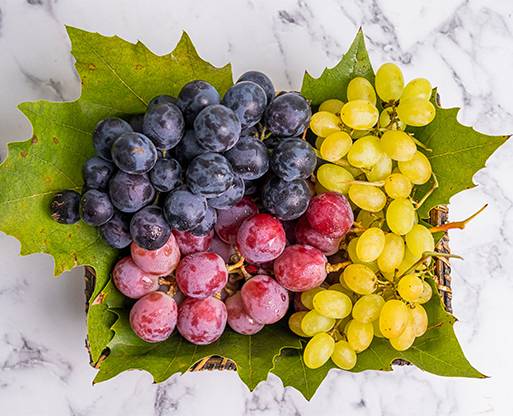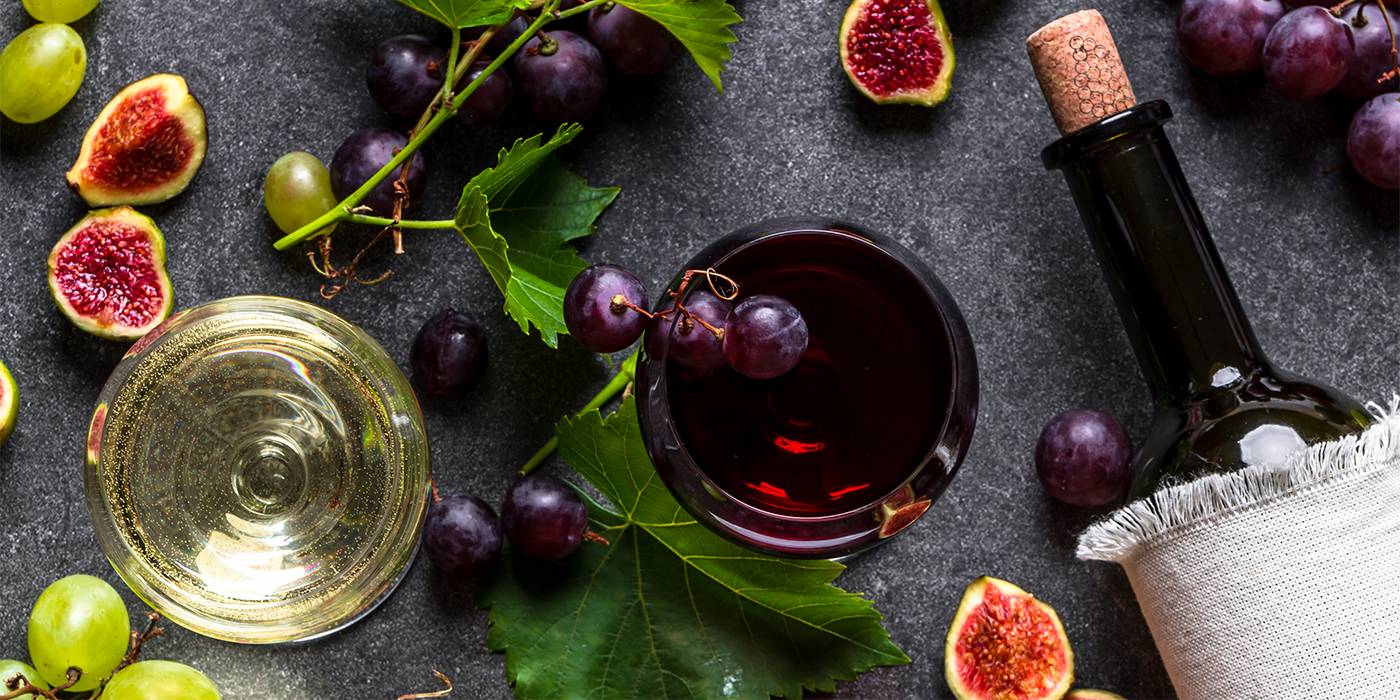How much sugar is there in wine?
In this article, we’ll reveal how much sugar is in wine and how this amount varies according to the type of wine you are drinking. Don’t miss it.

Eva Pizarro
Sommelier at Fierro restaurant and trainer at Tandem Gastronómico.
Is this wine sweet or dry? Are all fruity wines sweet?
These are many of the questions I encounter daily when someone asks me for advice on choosing or buying a wine. It seems like a straightforward topic, but it remains unclear since wineries are not required to specify the sugar content on their labels. Today, we share all the tips to make the right choice:
- Where does the sugar in wine come from?
All the sugar found in wines comes from the grapes, and with a few exceptions, it consists of sugars (glucose and fructose) that have not been transformed during fermentation. Don’t forget that the fermentation of grape juice basically consists of converting these sugars and other components into alcohol.
Therefore, if we carry out a complete fermentation, our wine should be completely dry, but this is not always the case, as we will see below.

- What types of wine are there based on the sugar they contain?
The presence of residual sugars in wines gives rise to a classification between dry wines and sweet wines.
> Still wines <
- Dry wine, with less than 5 g of sugar per litre of wine.
- Semi-dry wine, with between 5 and 30 g of sugar per litre of wine.
- Semi-sweet wine, with between 30 and 50 g of sugar per litre of wine.
- Sweet wine, with more than 50 g of sugar per litre of wine.
> Sparkling wines <
- Brut nature, with up to 3 g of sugar per litre, without added sugar.
- Extra-brut, with up to 6 g of sugar per litre.
- Brut, with up to 12 g of sugar per litre.
- Extra dry, with between 12 and 17 g of sugar per litre.
- Dry, with between 17 and 32 g of sugar per litre.
- Semi-dry, with between 32 and 50 g of sugar per litre.
- Sweet, with more than 50 g of sugar per litre.
According to this classification, dry wines can contain from 0 g of sugar (i.e. the wine is completely dry) up to 5 g of sugar. Therefore, in a dry wine, we can start to perceive a sensation of sweetness if the sugar content exceeds 1.5 grams, even though it is still classified as a dry wine.
The sweetness will be quite evident in semi-dry wines and up to sweet wines, where the intention is clearly to produce a wine with a high sugar content, intended for very specific occasions.
In these wines, due to their special production methods, not all the sugars from the grapes are converted into alcohol, resulting in a wine with a high proportion of sugars. If you want to learn more, check out our article on sweet wines to discover all the techniques used to produce these delightful wines.
The same applies to sparkling wines: Brut Nature and Extra Brut will generally taste dry to our senses, while sweetness will start to become noticeable with Extra Dry and sweeter varieties.

- How much sugar is in a glass of wine?
According to the United States Department of Agriculture, a 148-millilitre glass of red table wine contains approximately 0.9 g of sugar, while a glass of Chardonnay white wine contains 1.4 g.
A sweet wine, usually served in a smaller glass of between 60 and 90 millilitres, contains up to 7 g of sugar.
The vast majority of wines on the market have less than 5 g of sugar per litre, i.e. they are considered dry. Other wines will be labelled as sweet or special creations, indicating the type of wine and helping us identify its style and best occasions for enjoying it, such as sweet wines, fortified wines or liqueur wines.
I hope that after reading this article you will be able to choose the right wine. Remember that sweetness is a flavour, not an aroma, therefore we can find dry or sweet fruity wines.
What do you think about?
Share comments, opinions and tricks with the Community







